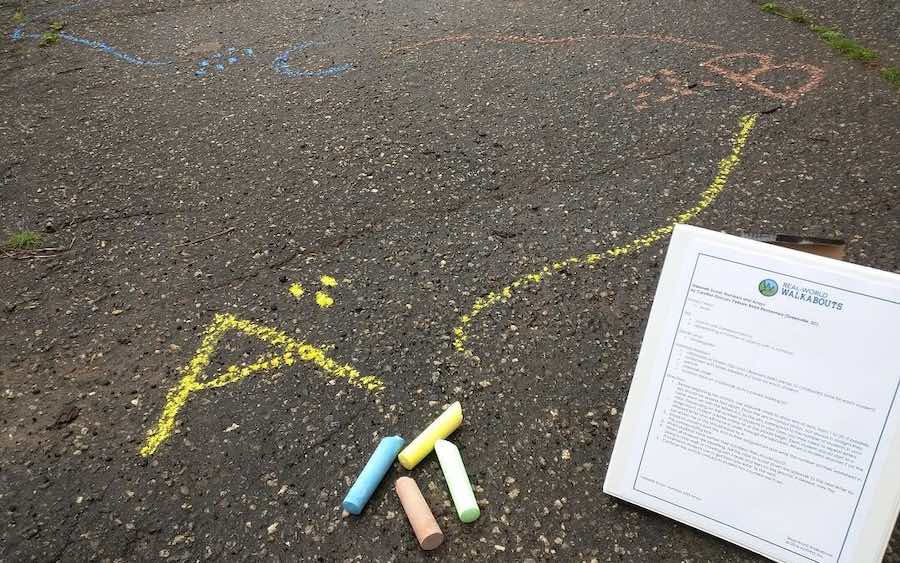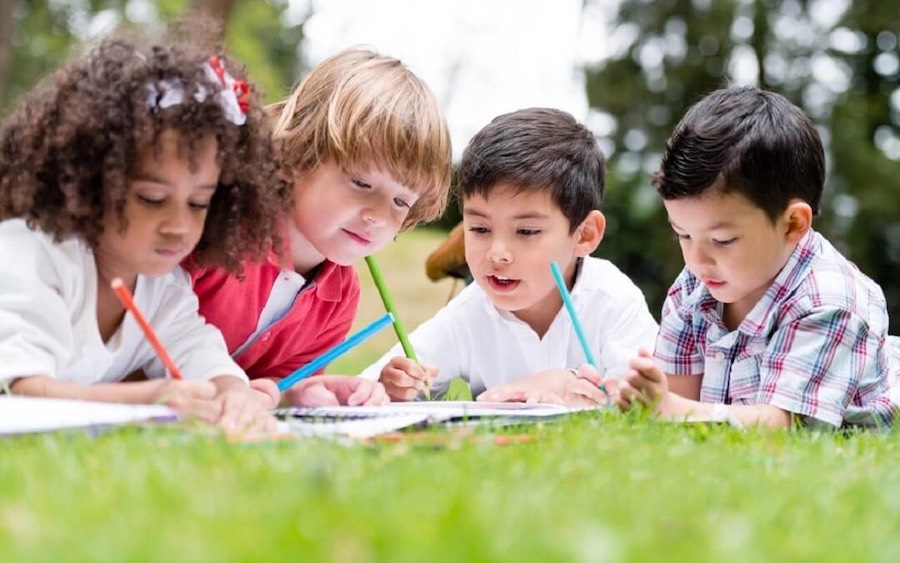
5 Strategies That Teachers Can Use Every Day to Develop a Healthy Classroom Climate
Amid the pandemic, many teachers are creating safe spaces to enhance social and emotional learning (SEL) in the classroom. The goal is to prioritize mental health and well-being and teach children how to manage their emotions, build relationships, and practice decision-making.
Educators can utilize different techniques to create a healthier social and emotional climate (SEC) and find resources to help students develop these skills at home.
#1 Creative Daily Greetings
When students enter the classroom, it can be helpful to provide an activity children can look forward to each day. This activity can set the stage for a healthy classroom environment and provide students with an opportunity for much- needed social interaction. Teachers can offer greeting choices such as a wave, an elbow touch, or a smile. Both greeting charts and greeting choice cards are a fun way to engage students each morning.
- Greeting Chart: Write and draw a list of greetings on a sheet of poster board, and hang it outside the classroom. When students arrive, they can point to the greeting they would like to participate in with their teacher.
- Greeting Choice Cards: Create individual cards with pictures and text of each greeting. Allow students to choose a greeting each morning.
#2 Calming Corners
Children have faced many challenges over the past school year. The pandemic created an additional layer of stress for many families. A quiet corner in the classroom can be a place for students to unwind and regroup. In the Calming Corner, students can also work to identify their feelings. Here are a few ideas:
- Provide sensory items such as bottles filled with glitter or books related to coping strategies to help guide children through their emotions.
- Create posters that show emotions including sadness, anger, or happiness with visuals to show deep breathing and other strategies children can use to manage big feelings.
- Make timers available that kids can set to calm down big feelings that may arise during the day.
#3 Fun SEL Activities
Countless SEL games can be used during the school week to keep children engaged in social and emotional learning. Check out this list of 50 Activities That Support Social-Emotional Learning.
Paper Chains is a great activity included in the article. The activity is a way to get students ready for the day and encourage positive thinking. In the activity, children write positive traits or tasks to spread kindness on strips of paper. When several students have written on strips, the class works together to make a large paper chain. As needed, students can remove a link from the chain to inspire them to practice social emotional skills throughout the day.
#4 Encourage the Student Voice
Students thrive in an atmosphere where they feel heard. Helping children build agency is a vital SEL skill to build leadership, problem-solving, and decision-making abilities. Teachers can elevate the voices of students that may be less engaged by encouraging children with different cultural backgrounds, lower socioeconomic status, or quieter children to engage in the conversation if they are comfortable doing so.
Another helpful approach is allowing students to engage in creative expression. Activities that involve art, writing, or movement may help some children express themselves.
Additionally, providing time during the week to engage in discussion deepens a child’s ability to not only listen, but also to actively participate in a conversation with others while building the skills necessary to articulate their perspectives.
#5 Using Walkabouts in the Classroom to Enhance SEL
Children enjoy movement! Walkabouts provides evidence-based online adventures that engage students in active learning. Did you know that active learning also supports social and emotional learning? One particular SEL skill that is activated with movement is self-awareness.
Walkabouts integrate movement into standards-based lessons and support students’ physical health while students learn. During these movement-based lessons, students practice following directions, listening, impulse control, and more as they engage in hopping, jumping, and running integrated with math, language arts, and reading content.
Other Helpful Resources
The Centers for Disease Control and Prevention provides several resources for schools and families related to both SEC and SEL:
- Check out this resource for families that provides a list of facts and action items to support SEL. Parents can also find a helpful learning tip sheet that provides information in a shareable PDF format.
- Find resources for schools including strategies to support SEL and additional downloadable guides.
Pre-K to second grade teachers wanting research-backed resources for improving SEL, academic outcomes, and behaviors can sign up for a FREE 60-day trial of the Walkabouts platform.





